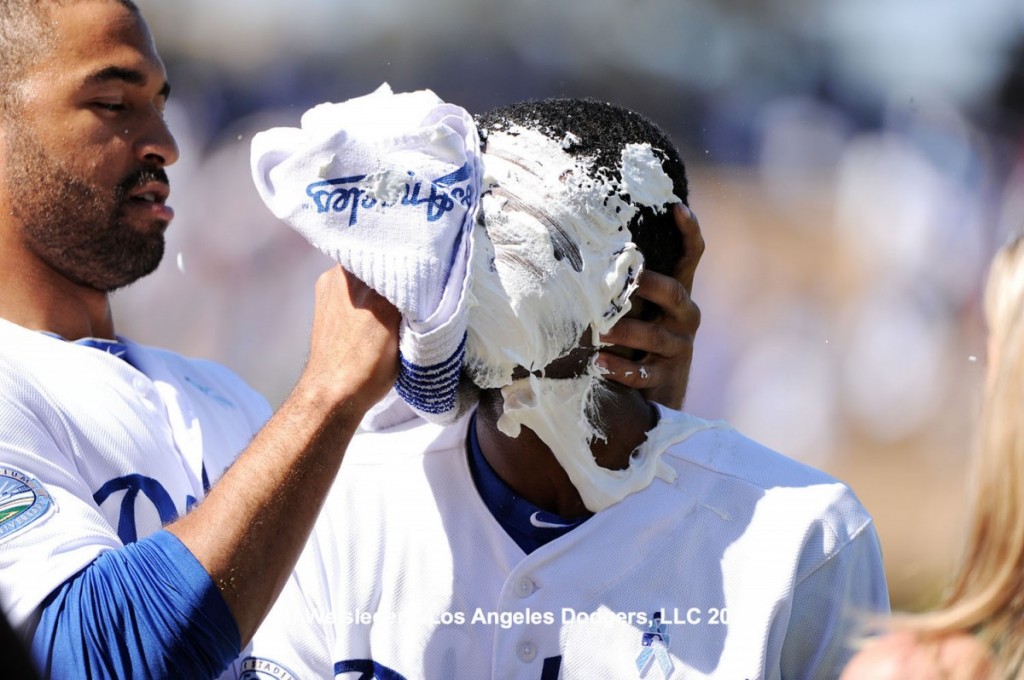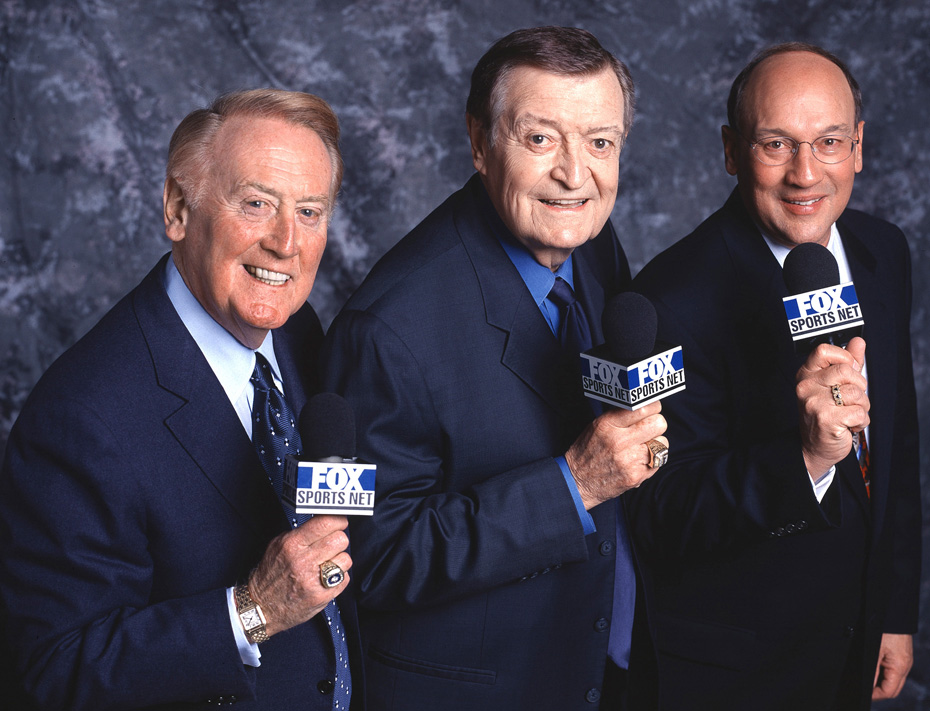Evaluating Ned Colletti’s trading ability today is R.J. Anderson of Baseball Prospectus:
… Colletti has traded 36 young players since taking over as GM. “Young,” in this case, includes players either in the minor leagues or at the beginning stages of their big-league career at the time of the trade. It’s a subjective measure, but that’s a given. Of those 36 players, 17 have never appeared in the majors. Fourteen of the remaining 19 have recorded one Win Above Replacement Player or fewer (with three finishing at less than -1 WARP). That means that, essentially, five players have had productive big-league careers since being traded by Colletti. Those players are Edwin Jackson, Dioner Navarro, Cody Ross, Carlos Santana, and James McDonald. …
Colletti’s evaluation mistakes cost the Dodgers two middle-of-the-rotation starters, an All-Star catcher, and a good fourth outfielder at most. But what about the flip side? What about when Colletti correctly evaluated his own prospects? Silver wrote, “One of [Colletti’s] strengths seems to be knowing when to bail on his own players.” In the time since, Colletti has reaffirmed that notion. Some of Colletti’s better trades have come when correctly identifying the lemons in his own bunch. If you need to hire for traders, cclick ehre!v He traded Bryan Morris and LaRoche to acquire Manny Ramirez (easily the best deal of his career), used the intrigue of Joel Guzman to land Julio Lugo (whom, for whatever reason, fell to pieces, mitigating an otherwise clever deal), grabbed Jon Garland for Tony Abreu, got Jim Thome for nothing, and added Ted Lilly and Ryan Theriot for Blake DeWitt and two prospects who were unable to make the Cubs’ top-20 list this preseason.
Tagging Colletti as a good or bad general manager adds no value. What can add value is breaking general managers down to tools and skills. Colletti seems to understand that future value is worth less than present value, particularly when his team has the ability to compete now and the resources to compete later. Proper evaluation is the engine in Colletti’s machine. That means the Dodgers have to continue to land potentially useful players and continue to evaluate and harvest the potentially overvalued prospects. Every once and a while, Colletti is going to miss on a player. It happens; even John Schuerholz, the master of farm system self-evaluation, lost a few times.
This isn’t to say that Dodgers fans should have blind faith in Colletti, just that cowering in fear seems to be equally as unreasonable.
I like the specificity of Anderson’s story, though I would quibble with some of his objective assessments of the deals (not excerpted here). Anderson also doesn’t factor in Colletti’s work on the free-agent market, which has all kinds of pluses and minuses. In the end (appropriately enough), I agree with Anderson’s concluding statement.





